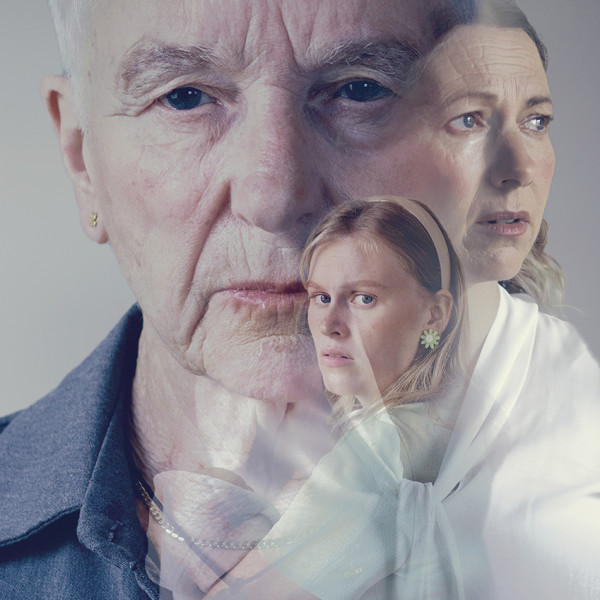
Still Is
Written by: Vincent O’Sullivan
Te Herenga Waka University Press
Reviewed by: Margaret Austin
Still Is, the final collection by one of New Zealand’s most acclaimed poets, is redolent with recollection, nostalgia, and resignation. How wonderful that the medium of poetry is so uniquely suited to such moods! Here are 90 poems ranging widely over everything from washing lines to a night at the movies to nature in all its glory. Erudition comes near to obscuring meaning at times, but closer acquaintance brings rewards.
In these troubled times actually features hanging out washing! From such a banal-sounding activity, O’Sullivan muses about the messages that might be sent under cover of camisoles, vests, and shirts. “our taut lines / stretching their crisp goodwill / one city, one continent, to another…” represents a grand poetic vision – even if it’s a vision comically undermined by the last three words.
A note of resignation appears in No choice much, any longer in which the poet laments some of the challenges of his vocation and invokes nature and the change of seasons as a comfort. Indeed, nature is celebrated in several other poems, and we are reminded that O’Sullivan lived and gloried in Port Chalmers.
I am bound to revel in To be fair to the Sixties – tempted as I am by the capital letter that justifiably signals such an era – to a prose piece recounting a 21st at Makara Beach with friend Herb “who took a psychedelic starter as we did in those days” and in the company of “a junior lecturer who these days would be cancelled”. O’Sullivan gifts these words to the one of the party left standing: “Silence is poetry bareback, without the horses”.
The National Network gets a going over with Life on air, for example giving O’Sullivan the opportunity to catalogue those birds whose songs are sacrosanct.
Finally, we have The obituarist, our poet’s wry comment on what may be written about him on his death. Vincent O’Sullivan can take comfort from his literary legacy: he’s no longer with us, yet he still is.






















